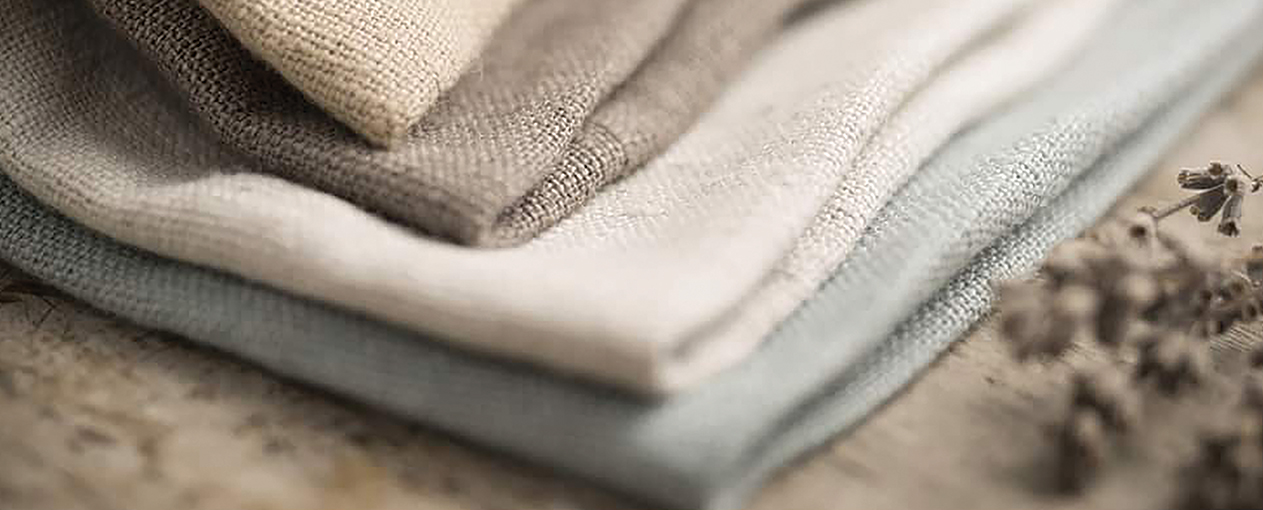Shahtoosh, a Persian word meaning “king of fine wools” is the name given to a specific kind of shawl, which is woven with the down hair of the Tibetan antelope, by craftsmen.
The Shahtoosh shawl is now a banned item with possession and sale being illegal in most countries. However, the weaving of Shahtoosh shawls continues in secret due to high demand by western buyers. The estimated market value of one Shahtoosh shawl in the western market is around $5,000–$20,000. It is considered the world’s finest wool having the lowest micron count.
These shawls were originally very few and could only be woven by master artisans to weave the delicate hair which measured between 7 and 10 microns. These factors made shahtoosh shawls very precious. Shahtoosh shawls are so fine that a large shawl can be passed through a wedding ring, leading to them also being known as “ring shawls”.
The Tibetan antelope or Chiru lives in one of the harshest environments on earth, at an altitude of over 5,000 metres. Their special type of down fur, which is both very light and warm, allows them to survive in the freezing conditions of the plateau where they gather at one point of the year.

Types of Shahtoosh shawls
The type of Shahtoosh is determined by the quantum of Toosh or Tibetan Antelope down in the fabric. The measurement system used for determining it is called Dani in Kashmiri, with 1 Dani equal to 1/16 in terms of fibre composition. The typical types of Toosh are:
Shurah Dani or 16 Dani: a 100% Toosh Shawl,
Bah Dani or 12 Dani: a 75% Toosh and 25% Pashmina mixed
Aeth Dani or 8 Dani: a 50% Toosh and 50% Pashmina mixed wherein the warp is generally of Toosh and the weft is Pashmina.
History
Under Emperor Akbar, the imperial wardrobe began to patronise Tus or Shahtoos on a large scale. It was the costliest, warmest and most delicate shawl. It was so soft so as to pass through a finger ring. Its natural colours were black, white and red. It is said that Akbar once gave orders for the white to be dyed into red but the shawl did not take the colour of the dye. People began to use it simply in its natural colours.
The antelope has been hunted down specifically for its fur, and their numbers have dropped accordingly from nearly a million (estimated) at the turn of the 20th century to fewer than 75,000 today. The numbers continue to drop yearly. This led to the antelope now being listed as an endangered species and given the highest possible level of legal protection, whereby no commercial trade in shahtoosh is permitted.
The selling or owning of shahtoosh was made illegal in all countries. Although shahtoosh is banned, illegal hunting and selling of shahtoosh remains a serious problem in Tibet.

Global Demand
Global demand for shahtoosh wiped out 90 percent of the Tibetan antelope population during the previous century, according to the International Union for Conservation of Nature (IUCN), which sets the conservation status of wildlife species. Once a valued dowry item in India, shahtooshes are now sought primarily by Westerners, who may pay as much as $20,000 for a single shawl of the right size, color, and design.
The industry is evolving, however, making law enforcement work even more challenging. To boost their profits and respond to changes in fashion, shahtoosh weavers often now mix in more pashmina. As a result, the scarves can support more intricate designs and look and feel more like a pashmina. This hardier wool also allows for machine production, helping weavers save time on work that would otherwise take years.
So next time you think about adorning a Shahtoosh Shawl, think twice.


